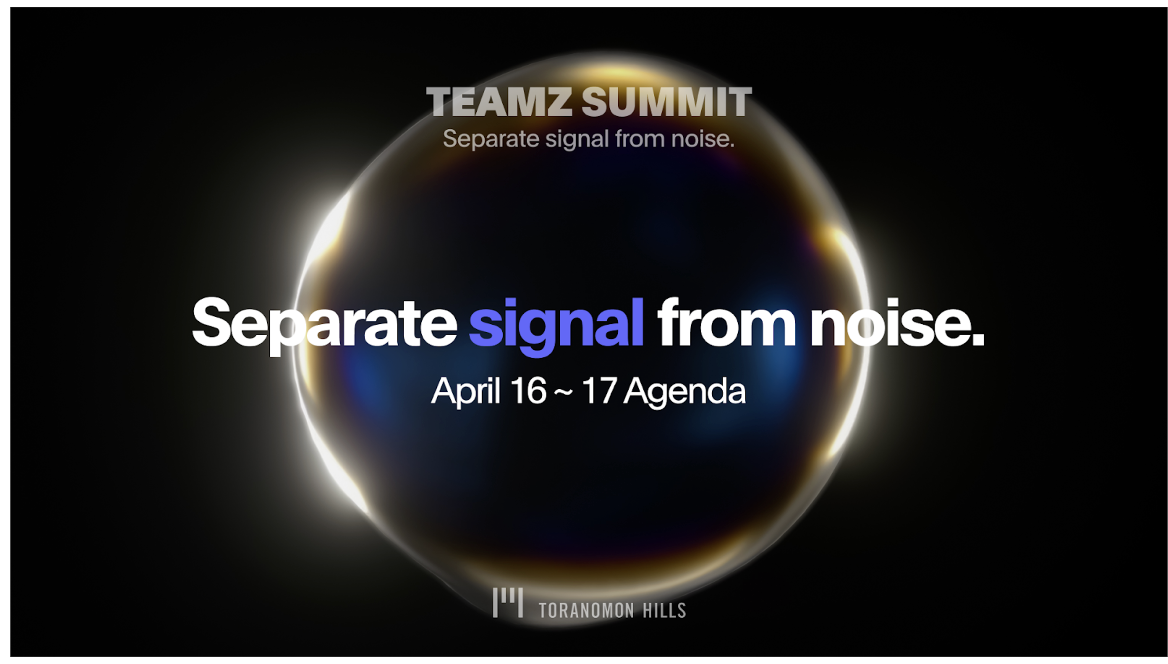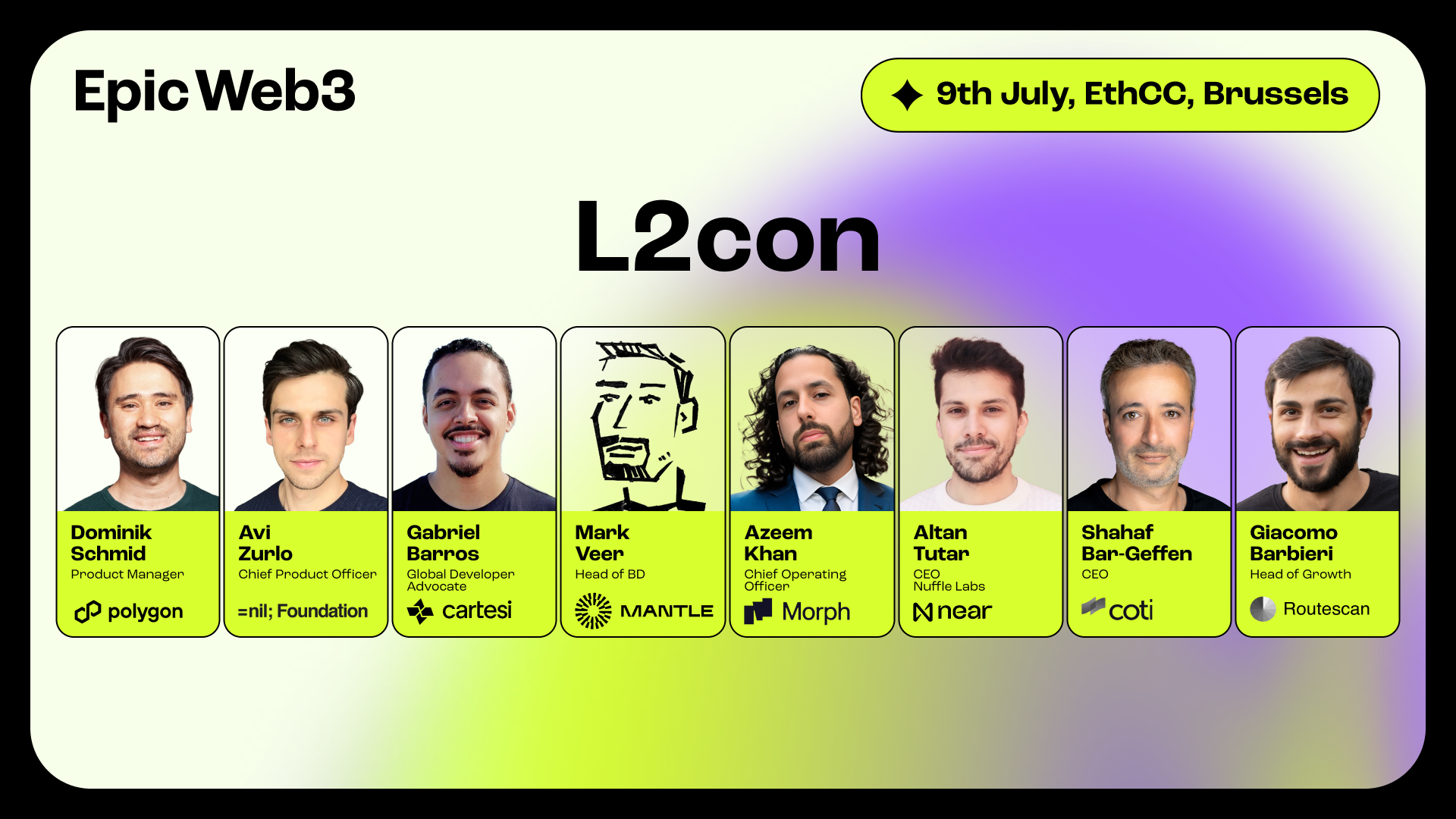Forget Traders. Gamers are the Real Future of Web3
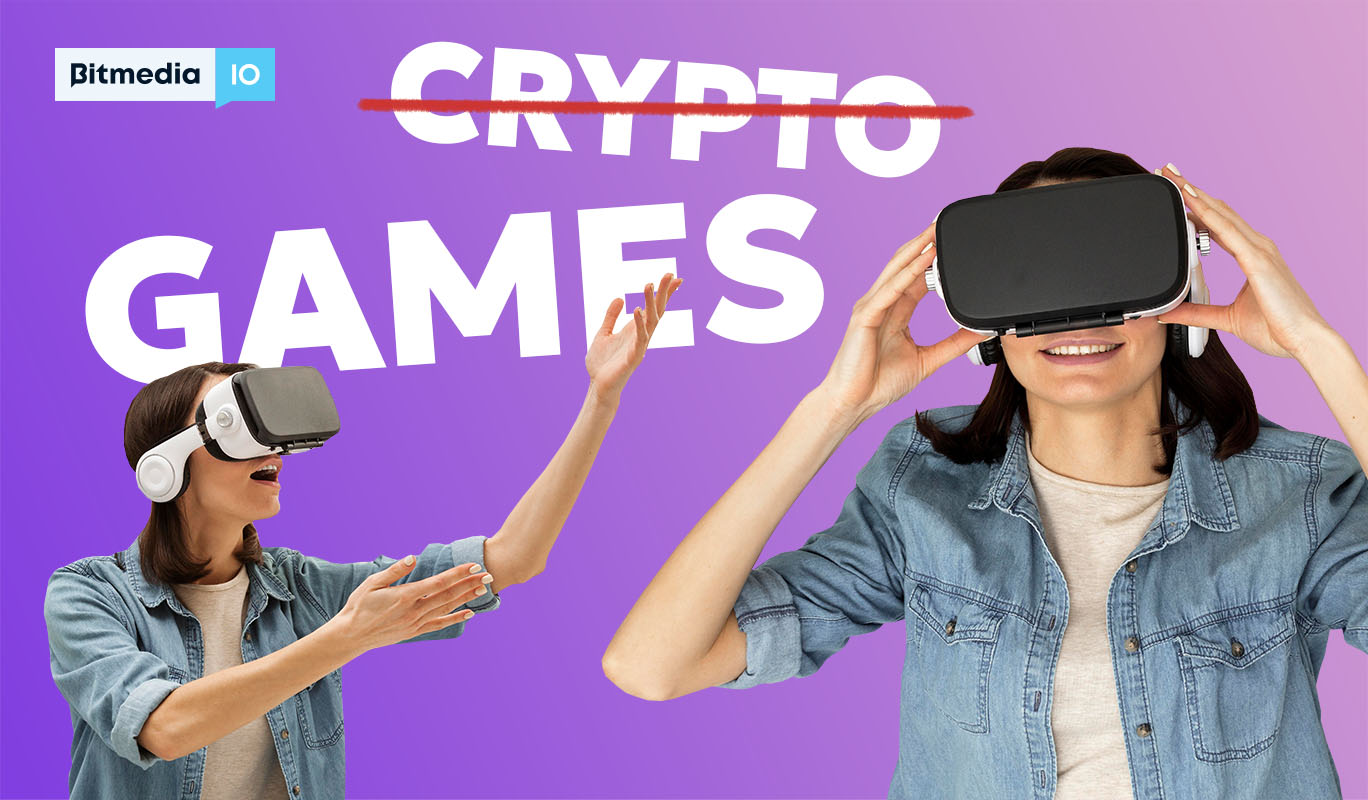
Contrary to popular belief, the next wave of Web3 adoption won’t come from crypto traders — it will come from gamers. With over 3 billion players worldwide, gaming is betting big on blockchain. Web3 titles are proving that combining entertainment with digital ownership is the key to onboarding the next 100 million users.
What Is Web3 Gaming and Why It Matters
Web3 games integrate blockchain elements such as NFTs, in-game tokens, or decentralized identity. Some offer a seamless experience where players barely notice the blockchain layer; others fully immerse users in tokenized ecosystems.
Gaming has become one of blockchain’s most practical use cases thanks to its decentralization, low-cost transactions, transparency, and security. It’s also one of the few industries using the full spectrum of blockchain tools — from NFTs and utility tokens to decentralized IDs and native currencies.
According to DappRadar (2025), gaming remains the largest blockchain sector by active users, surpassing both DeFi and AI dapps. Its massive audience makes it the ideal testing ground for innovation — from new tokenomics to Layer 2 scalability.
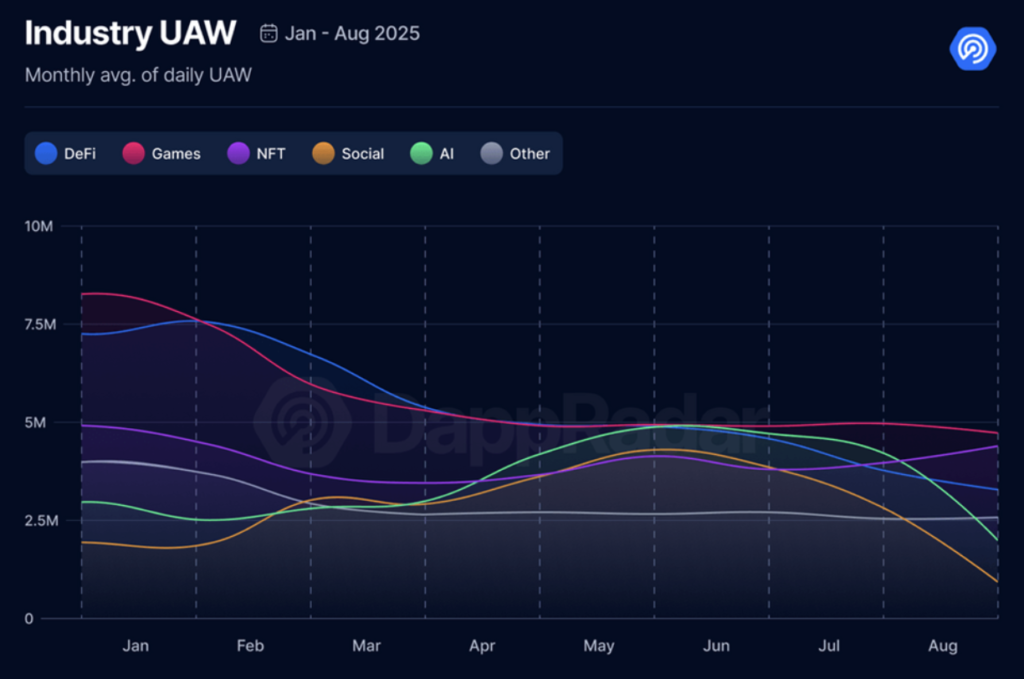
Why crypto adoption still struggles
Mainstream crypto adoption faces several persistent challenges:
- Volatility: unpredictable price swings limit real-world use.
- High fees: popular chains like Ethereum often charge steep gas costs.
- Scalability and fragmentation: isolated networks and complex bridges slow progress.
- Regulatory uncertainty: lack of unified frameworks.
- User experience: complex wallets and seed phrases deter non-tech users.
For most people, crypto still feels complicated. Gaming fixes that.
Why Web3 gaming is the gateway for the next 100M users
Games offer a natural, intuitive entry point to blockchain — no financial expertise required.
Players earn, own, and trade assets while simply having fun. That mix of engagement and incentives makes onboarding organic and sticky.
Even with a slight decline since 2024 peaks, Web3 gaming still leads with 30M weekly active wallets (DappRadar, 2025). Analysts from Precedence Research and SNS Insider project the Web3 gaming market to exceed $100B by 2030.
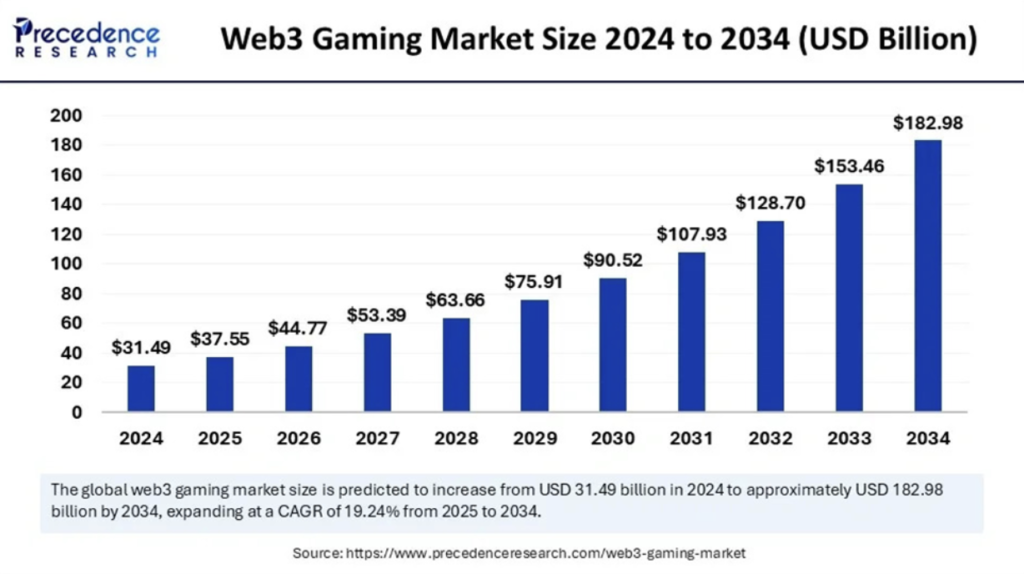
Examples of successful Web3 games
Axie Infinity
Axie Infinity introduced millions to NFT-based gaming. Built on the Ronin blockchain, it reached over 2 million daily active users at its peak and generated more than $8 billion in NFT trading volume.
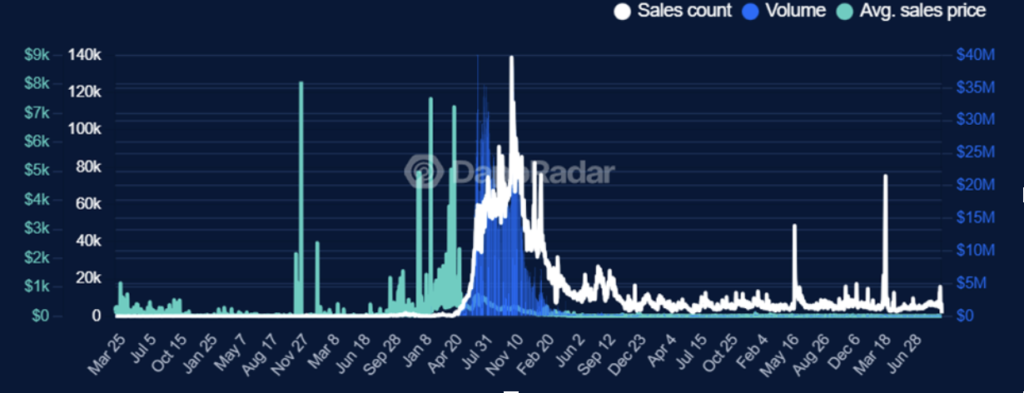
Chainers
Chainers combines metaverse features with multiple game modes. Its focus on creativity and social interaction made it especially popular among Gen Z audiences.
The Sandbox
The Sandbox is one of the most recognized blockchain gaming platforms. It enables virtual land ownership and user-generated experiences, supported by partnerships with global brands including Snoop Dogg, Gucci, and Adidas.
Traditional gaming companies are also entering the space. FIFA Rivals, launched in mid-2025 by Mythical Games, hit 1M downloads in under two months, with its first Lionel Messi NFT selling for $11,200.
Ownership is the core of Web3 gaming
Blockchain-based games teach players the value of true digital ownership. Assets like characters, weapons, or land become NFTs that can be traded or rented for profit. This evolution — from licensed content to owned assets — makes blockchain’s benefits tangible. The Sandbox and Gods Unchained have each surpassed $500M in NFT transactions, showing how powerful digital ownership can be.
Challenges Still Ahead
To sustain growth, Web3 gaming must solve issues around UX, tokenomics, and regulation. The early play-to-earn wave faded due to unsustainable models — even Axie’s AXS token fell sharply.
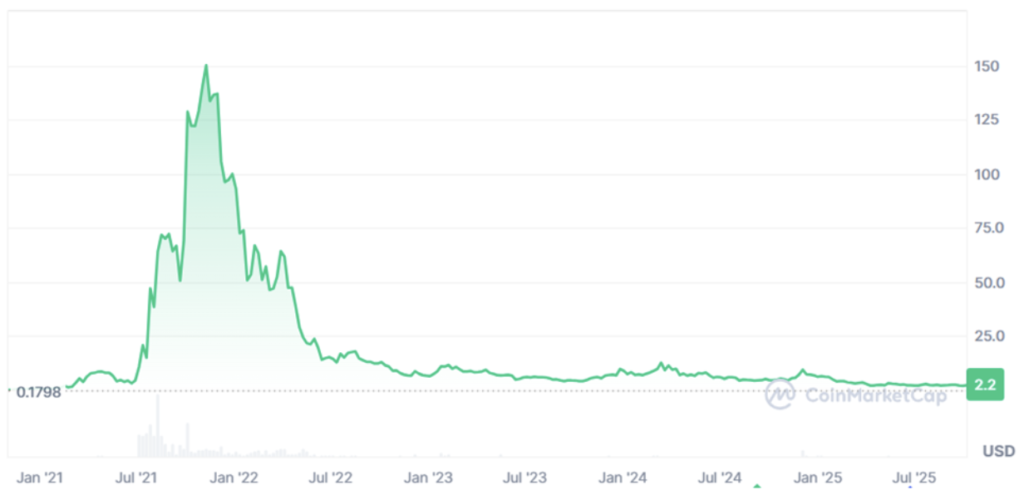
Future projects must balance gameplay and economy, comply with developing laws, and apply efficient blockchains like Solana, Sui, or Ethereum Layer 2s.
The future of Metaverse and beyond
The next chapter of Web3 gaming lies in connecting NFTs, decentralized identity, and the metaverse. Players will soon move avatars and assets seamlessly across worlds. A recent DappRadar report revealed that the metaverse had experienced renewed growth in H2 2025, as investors prefer quality over hype.
DeFi and speculation may dominate headlines, but it’s Web3 gaming that drives real adoption. Merging fun with functionality, gaming bridges innovation and usability — this is what turning crypto into play and welcoming the next 100 million users into Web3.
